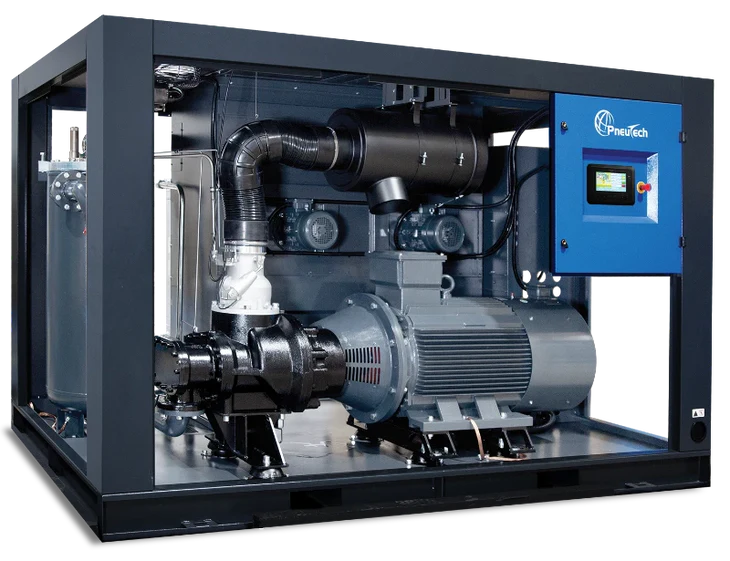Small farms present special difficulties of their own. However, the U.S. Department of Agriculture claims that small farms have rather low levels of farm debt compared to bigger operations. Though they can be more financially stable, especially in trying economic times, small farms can be challenging to run on limited means. Let’s look at successful small farm concepts enabling small farms to flourish under different conditions.
Goals for the Farm
Small farm owners range in their resources and goals. Having a few animals, cultivating some fruits and vegetables, and offering a first-rate rural lifestyle for their families appeal to many. Others want to run a modest farm aggressively for profit.
Your small farm’s objectives have to fairly reflect the requirements and values of family members, your financial status, the farm- or business-related skills of family members, and more. Do you want the farm run as a company and generate revenue for your family, or do you see it as a “homestead” and a means of attaining family quality of life?
Keep Livestock
The largest determinant of whether you can include livestock on your farm is their need for relatively large land areas. Among the biggest animals, cattle call for the most land. Make sure your area has a suitable market for small-scale animal production.
You will have to look at cattle auctions or direct-to-consumer sales, as you will not have enough animals for a semi-load of cattle. Examine closely elements like possible buyers, licenses or permits you would need for trailering to an auction, selling food for human use, and selling time.
While they occupy less area than cattle, sheep and goats have comparable selling dynamics; however, before entering this trade, be sure to complete a thorough investigation since their market is not as big.
You can also try horse breeding, which can be profitable if you have the resources and expertise. Horse farms in Ocala offer farms for sale, which could be a good investment opportunity for horse enthusiasts looking to enter the industry.
Homesteading
Families find rural locations appealing places to reside. Living farm life free from financial pressure to make a profit can bring a great deal of delight. In this case, off-farm money supports farm operations.
Many small-farm households also want some of their bought food replaced with some cultivated goods. Surprisingly easy and quite fulfilling is this. Depending on conditions, two acres will yield enough vegetables, fruits and berries, and some meat.
A well-built house may be heated endlessly from another two acres of well-kept woodlands. While this route differs from a commercially oriented farm, many families would find it suitable.
Utilise Greenhouses
Using greenhouses to allow your operations more control over the temperature conditions influencing your produce is another fantastic small farm concept. Though they still use solar energy, greenhouses provide an indoor growth space that can shield against environmental influences.
While outdoor crops only grow seasonally, greenhouses let you produce crops all year round, preventing damage to crops that would have otherwise happened due to unexpected temperature or humidity changes.
Grow Microgreens and Herbs
Small farms would find herbs and microgreens to be an excellent choice. Their growth cycle is shorter than other crops; therefore, they are picked before they reach maturity. While microgreens can be grown outside, they are delicate seedlings and require defense against changing environmental conditions and strong weather events. Microgreens are therefore a suitable choice for indoor growing methods like greenhouses.
Endnote
Small-scale farming offers a path full of creativity, flexibility, and environmental potential. Whether your experience with farming is new or seasoned, the little farm ideas on this blog provide a road map for success in small farming.



























